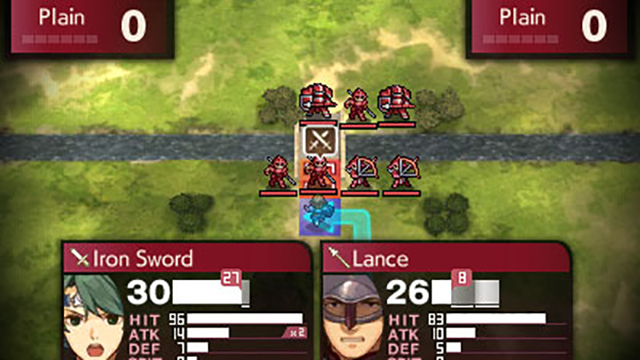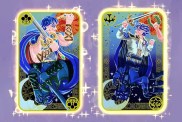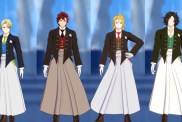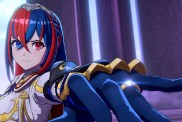Fire Emblem Echoes: Shadows of Valentia has finally released worldwide, and after reviewing the game and spending quite a bit of time with it, I have one certain conclusion: it’s a true challenge. My experience hasn’t been so challenging as to spoil the experience, but there are several things I wish I hadn’t had to learn the hard way. It would’ve saved time, frustration, and as is tradition with Fire Emblem and its dreaded permadeath, it would have saved in-game lives.
Below are helpful tips, tricks, and general FYIs regarding the game, ranging from how its especially unique gameplay systems function, to basics like when you ought to be keeping your eyes peeled for rare weapons and loot. You won’t be able to turn back time after reading this article, but if all goes well, then doing so will prevent you from having to do so too often while playing. Death isn’t real in video games, but when deceased characters don’t come back, it’s a fact that’s easy to forget.
1. Remember Your Combat Arts
If you’re hot off of playing recent entries in the Fire Emblem series such as Awakening or Fates, your brain is most likely completely calibrated to think about (and probably obsess over) Skills. Skills are great, and are retained in passive form, but in Shadows of Valentia there’s a whole separate system you’ll need to focus on to stay competitive: Combat Arts.
The unique thing about Combat Arts is that they’re derived from weapons and held items. Curved Shot is unlocked by using an Iron Bow long enough, for example, while Wrath Strike (a potent melee move) comes to those well-practiced with Iron Swords. The good thing about Combat Arts is that once a unit learns them, they don’t need to be learned again. The downside, though, is that the held item in question needs to be held for their continued use.
Related: Fire Emblem Echoes Amiibo Are Some of Nintendo’s Best
Still, if you learn enough Arts it’s possible to swap your held item battle to battle (or even moment to moment via the Convoy and trading), accessing particular Combat Arts at certain times. I tend not to over-strategize there and just keep things simple, letting natural paths of Art-learning take their course, but if something isn’t working or a specific situation arises, it’s good to know your options.
2. Manage Your Inventory Carefully
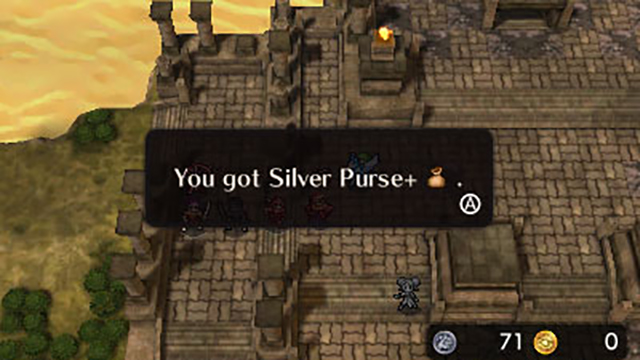
Given that held items and weapons are so crucial to the Combat Arts characters learn, inventory management becomes more crucial than it generally is in other Fire Emblem games. The main reason for this is a whopper: each character can only hold a single item at a time, and that includes weapons. Want to hold a block of cheese, a few apples, or some roast ham as a failsafe to restore HP in a pinch? Too bad, you’re going to be stuck with the stock “sword” or “lance” as a result, stripping away learned Combat Arts in the process. For certain units this works (giving a Knight an HP-restoring held item, or various foods to Mages since spells and magic here don’t depend on weaponized “tomes” like in other Fire Emblem games)
Eventually you’ll likely fill your Convoy with items that are non-disposable, such as rare weapons, rings, shields, and other such trinkets with continued effects. The system works well in that you can then sacrifice less useful disposable items to Mother Mila in exchange for completely resolved army fatigue, or use them on an individual basis to achieve the same thing. The system takes some getting used to, but ultimately it feels more like a fun layer of strategy than an outdated limitation. If such styling were to continue as some sort of Fire Emblem spin-off series, it would be fine by me.
3. Find the Best Weapons You Can
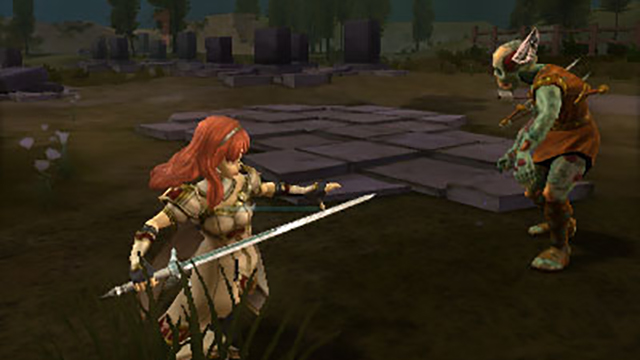
Because weapons are so important to your journey (and must be carefully managed along with other inventory), it’s important to keep your eyes peeled for what’s out there at all times. It may sound like I’m exaggerating, but seriously – both third-person dungeons and explorable novel-style locations contain weapons that can easily be missed, and as such could change the entire trajectory of how you build your team. Miss out on the Blessed Sword in the Seabound Shrine Interior, for example and not only will you miss out on a powerful weapon, but you’ll also skip your sword-wielders’ ability to learn the Passive Skill Recovery, which restores 5HP each turn. Combine that with tower or supply squares found throughout some maps during combat, and you’re talking 10HP per turn completely passively, without compromising your single weapon slot. Or you could be lazy and not explore every nook and cranny.
Also Read: Fire Emblem Echoes: Shadows of Valentia Review
That’s an extreme example, but even in instances of simply enjoying character dialogue there are weapons to be found in-environment. In one point during what seemed like a relaxed jaunt through the Zofian Castle after a hefty victory, I realized that a suit of armor I’d nearly passed over was holding a Silver Sword and a rare shield, just waiting to be claimed. Meanwhile, various completely optional treasuries and keeps you’ll find often hold similar combat tools, as well as rare trinkets and food items to boot. In other words, be thorough, and you’ll be rewarded.
4. This Isn’t Just a Strategy Game
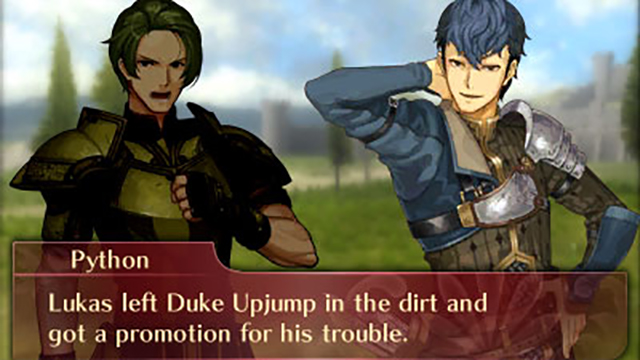
It’s not abundantly clear just from the title’s marketing, but Shadows of Valentia is as much a visual novel and third-person dungeon-crawler as it is a familiar Fire Emblem strategy RPG. I happen to like all of those genres so I’m fine with it, but I also didn’t realize precisely what I was getting into when I began. There’s a lot of text and character dialogue involved with this game, as well as the manual navigation of winding mazes and sometimes befuddling interconnected paths. You get the hang of the system eventually, but if you’re not familiar with the genres being borrowed from here, things could easily get confusing.
Beyond systems colliding there are new means of troop management at play via Mila statues throughout the game. It’s recommended you familiarize yourself with their functionality as soon as possible – once I realized this was my means of promoting my units to new classes, healing their battle fatigue, and sometimes even saving the game and recruiting new units, things began to make a lot more sense. The “checkpoint” style this introduces pairs well with the clear visual novel influence, but it doesn’t mean I don’t wish I’d figured it out sooner.
5. You Want Even Growth, but Not Too Even
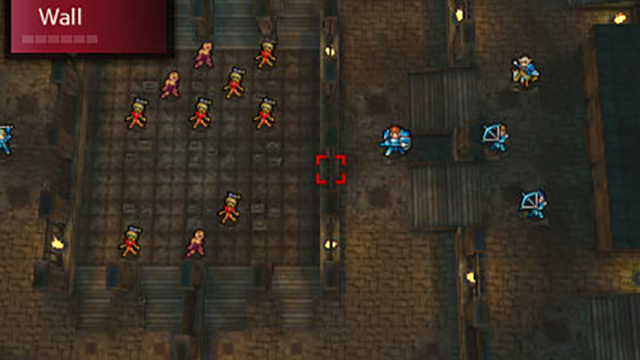
If you’ve played recent Fire Emblem titles, you’ve likely made the mistake of devoting all of your effort, enhancements, and XP toward a few powerhouse units, only to have them mercilessly swallowed up by the game’s unforgiving permadeath system, never to return to the battlefield unless you reboot the game. While Mila’s Turnwheel thankfully forgives this a bit more in Shadows of Valentia (you can turn back the clock a few turns and undo particularly punishing mistakes), you’re probably going to take an even keeled approach to army-building all the same. It remains good advice, but I wish I hadn’t been so religious about it.
Related: Fire Emblem Echoes Gets a New Battle Trailer
In other words, don’t hesitate to allow certain units to become particularly powerful, perhaps substantially more so than the rest of your army. With the Turnwheel in your arsenal grave mistakes can be forgiven, and you’ll eventually face truly monstrous opponents that won’t be so easily felled with a rag-tag bunch of evenly-skilled but overall mediocre Mercenaries or Cavaliers. You’re going to want at least one, two, or three uber-powerful forces of destruction at your command when approaching the end of the game, and if you can do that while keeping the rest of your team respectably competent in the process, then all the better.
